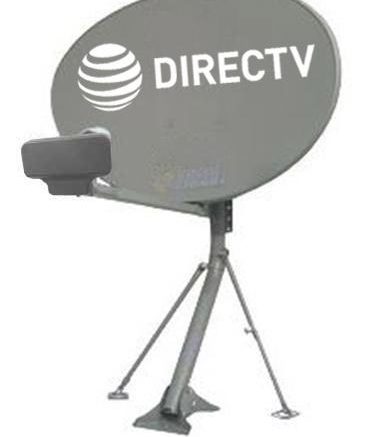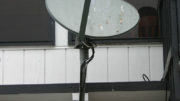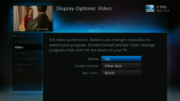The promise of satellite TV was simple: One satellite dish, 18″ in diameter, gets all your channels. That was in 1994, when DIRECTV launched. At that time, the DIRECTV receiver was about the size of a pizza box.
Now, in 2021, the smallest DIRECTV box is about the size of a paperback book — and it gets HD, video on demand, Pandora, and a lot of other stuff… but the dish is about twice the size. DIRECTV Genie clients are even smaller! If you look at what some companies are doing with apps, they’ve essentially reduced the size of the box to zero. On the other hand, satellite dishes today are twice the size they were in 1994.
Huh? What happened?
By now, you’d think the dish would be about the size of a dime, right? Unfortunately there are other forces at work here.
When DIRECTV launched, it used a single satellite, in orbit in the sky south of Lubbock, Texas. As they needed more channels, they added more satellites, but they ran out of room in that location. The FCC licenses satellite positions over the US and they require a lot of separation between satellites. So, DIRECTV went shopping for space in other locations.
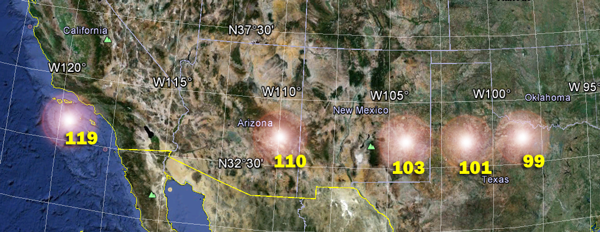
At its largest, DIRECTV’s US satellite fleet spanned five primary locations, as well as two secondary locations. Today, only the 99, 101, and 103 locations are used for most channels, with the 101 location used for Puerto Rico and the 119 satellite still serving a small number of standard definition channels.
Why the dish is so big
The big, curved part of the dish is called the reflector. Its job is to collect as much signal as possible and focus it on a single point, the LNB assembly that sits at the front. Take a look at this diagram:
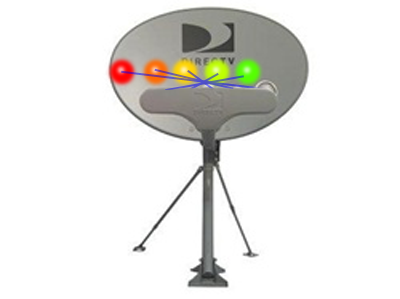
The signals from the 5 different satellites hit the reflector in different places, then bounce toward the LNB. The wider reflector is needed for those two western locations. It also helps pull in even more signal from the 99 and 103 locations. Those locations use the Ka frequency band, which is more sensitive to rain fade. A bigger dish helps with that.
It’s not just DIRECTV, really
The situation is worse for DISH, who operates two complete fleets of satellites plus a few extras. Because their satellites are further spread out, it’s far more common to see a two-dish setup on the roof for DISH than DIRECTV.
People ask me all the time, is there hope for smaller dishes? Yes, there’s always hope. More powerful amplifiers and more sensitive receiving equipment could make for smaller dishes. The real question, though, is whether sales would improve as a result. I’m personally of the opinion that people are mostly ok with dishes as they are now. If you could make a huge difference, like shrinking the dish down to 10″ or being able to put it inside, that would “move the needle.” But a return to the 18″ dish wouldn’t make much difference to most people.
There is one group that would really benefit though. RV and marine users who don’t have space for a four-foot wide dish would really benefit. If you could put the entire functionality of a Slimline dish into a space only 20″ wide, that would open up satellite TV for a new group of users. And I think everyone wants that.
So, it’s up to the manufacturers. What do you all think?

